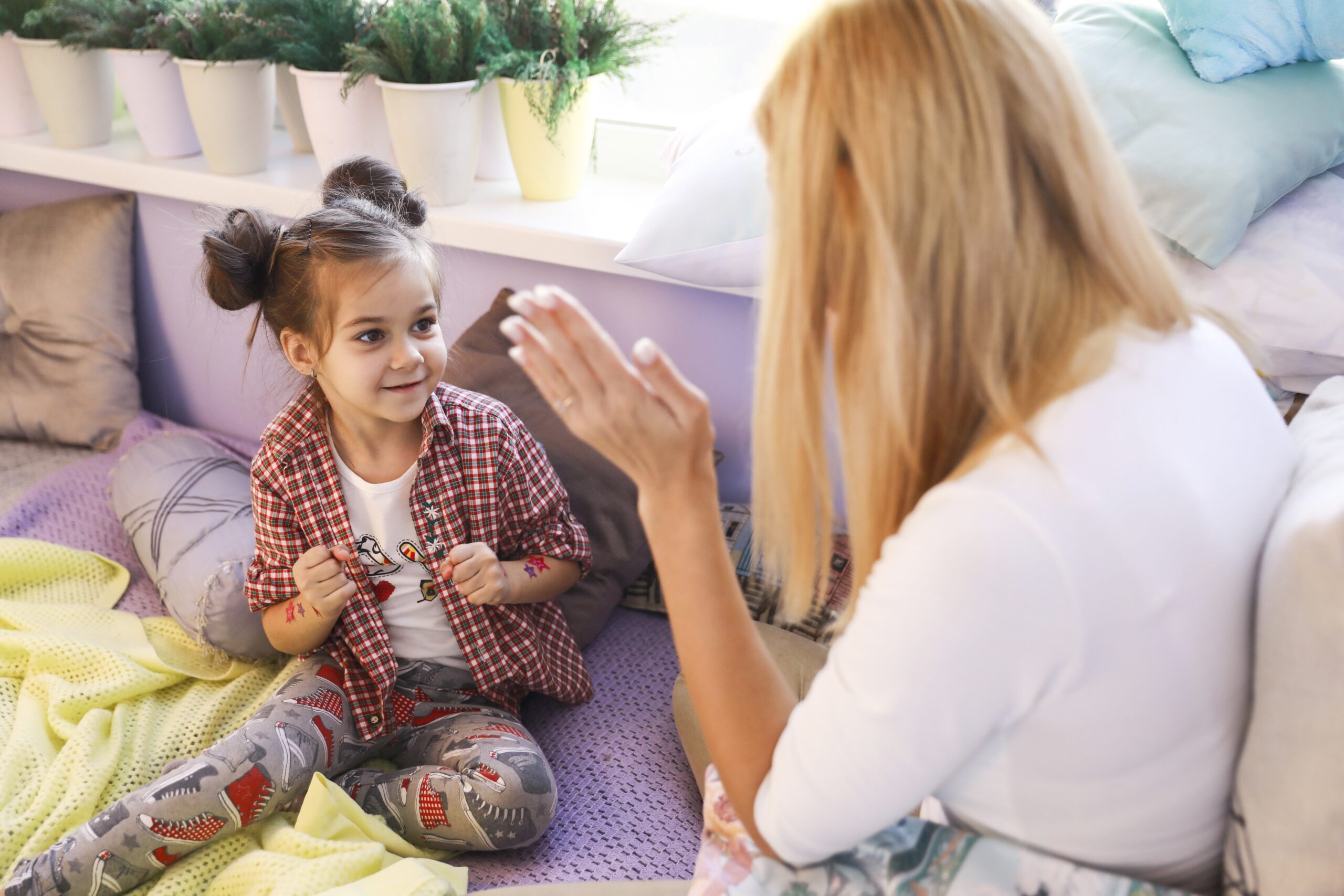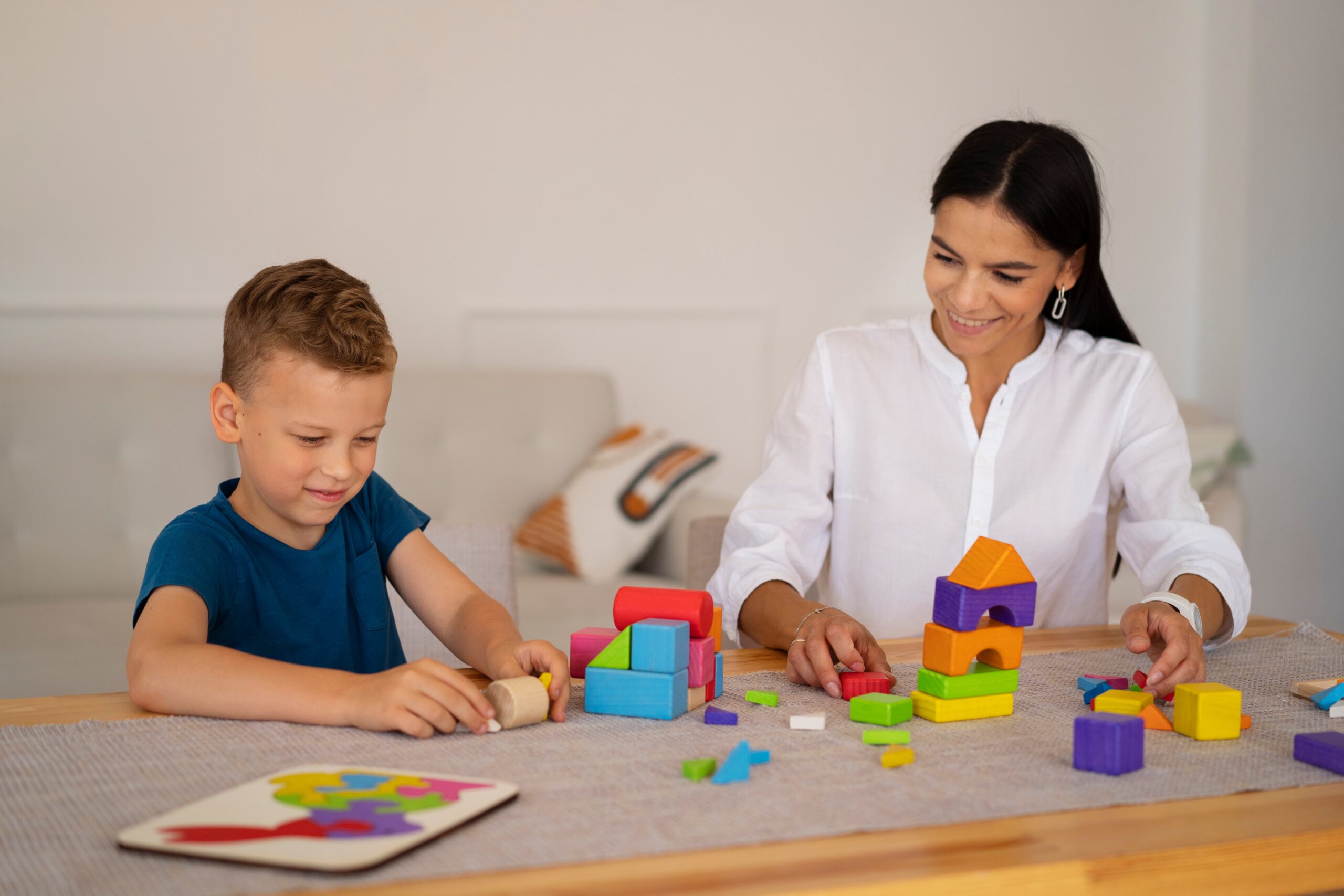Key Points:
- ABA home-based therapy provides personalized, consistent learning in the child’s familiar environment.
- In-home therapy for autism helps strengthen family involvement and promotes faster skill generalization.
- Parents in Virginia can access individualized autism therapy programs that fit daily life and personal goals.
Applied Behavior Analysis (ABA) home-based therapy is a highly personalized form of autism support delivered in the child’s natural environment – the home. Unlike clinic-based sessions, this approach allows therapists to integrate learning opportunities into the child’s daily routines.
In Virginia, families often turn to ABA home therapy when they want a more hands-on, family-centered approach to helping their child develop communication, behavior, and life skills. It’s particularly beneficial for children who learn best in familiar surroundings and thrive on one-on-one interaction.
Why Choose ABA Therapy at Home?
For many families, taking their child to a clinic can be overwhelming, especially for children who struggle with transitions or new environments. ABA therapy at home removes these barriers.
Home-based ABA therapy allows therapists to observe real-life behaviors, teach functional skills in real contexts (like meal times or playtime), and help parents participate actively in their child’s progress. The result is a program that’s not only individualized but also practical and consistent with daily life.
How ABA Home Therapy Works
ABA home-based therapy follows the same scientific principles as clinic-based ABA but adapts to home dynamics. It begins with a comprehensive assessment by a Board Certified Behavior Analyst (BCBA).
From there, the BCBA designs a customized behavior plan targeting skills such as communication, social interaction, play, and self-help. Therapists – often Registered Behavior Technicians (RBTs) – work under the BCBA’s supervision to implement strategies through structured sessions and natural learning opportunities.
The process typically includes:
- Observation and Data Collection: Tracking behavior patterns and progress.
- Skill Building: Teaching specific communication, social, or self-care skills.
- Behavior Reduction: Addressing challenging behaviors using positive reinforcement.
- Parent Training: Empowering caregivers with tools to maintain progress beyond sessions.
This structured yet flexible approach ensures that learning extends beyond therapy hours and becomes part of daily life.
Benefits of In-Home Therapy for Autism
Every child with autism is unique, and so are their learning needs. Home-based ABA therapy offers a level of personalization that’s hard to match in other settings.
- Comfort and Familiarity: Children often feel more secure and receptive in their own homes. Familiar surroundings minimize sensory overload and allow learning to occur naturally.
- Real-Life Learning Opportunities: In-home sessions make it easier to teach practical skills, like sharing toys, following routines, or brushing teeth, because they happen in real contexts.
- Family Involvement: Parents and caregivers can directly observe therapy techniques and practice them with guidance. This not only strengthens consistency but also builds confidence in supporting the child’s development.
- Individualized Pace: Therapists can adjust the program in real time based on the child’s mood, attention, or energy levels.
- Generalization of Skills: Because therapy takes place in a real environment, skills learned are more likely to transfer into everyday life.
What a Typical ABA Home Session Looks Like
While every plan is unique, ABA sessions at home typically include structured and natural learning opportunities.
- Warm-up and Rapport Building: Starting with preferred activities to create engagement.
- Skill Practice: Working on goals such as requesting, labeling, following directions, or managing transitions.
- Play and Social Skills: Encouraging turn-taking, imitation, and cooperative play.
- Behavior Support: Using proactive strategies to reduce challenging behaviors.
- Parent Collaboration: Reviewing progress, discussing techniques, and setting next steps.
Sessions can last from 2 to 4 hours, depending on the child’s goals and funding authorization. Most children receive multiple sessions per week for optimal progress.
The Role of Parents in ABA Home-Based Therapy
One of the greatest strengths of autism home therapy is parent participation. Therapists don’t work in isolation; they coach parents to reinforce learning throughout the day.
Parents learn how to:
- Use positive reinforcement effectively.
- Redirect behaviors in constructive ways.
- Encourage communication and independence.
- Maintain consistent expectations across family members.
This partnership helps create a seamless support system around the child, making therapy outcomes stronger and longer-lasting.
When to Consider ABA Therapy at Home
Home-based ABA therapy is ideal for families who:
- Have children who struggle with new environments or separation anxiety.
- Prefer therapy in a familiar setting to reduce sensory challenges.
- Want to be actively involved in therapy.
- Need flexible scheduling that fits family routines.
- Live far from a clinic or prefer in-home convenience.
It’s especially effective for younger children or those who are just beginning therapy, as it provides a calm, familiar starting point.
Finding ABA Therapy in Virginia
Families in Virginia have access to a variety of ABA therapy options, including home-based programs tailored to individual needs.
When choosing a provider, consider these factors:
- BCBA Supervision: Ensure the program is led by a certified behavior analyst.
- Therapist Training: Ask about RBT certification and experience.
- Parent Support: Look for programs that include caregiver training.
- Customization: A good provider designs goals based on assessment data and family input.
- Communication: Choose a provider who maintains regular progress updates.
The Lasting Impact of Autism Home Therapy
ABA therapy home-based programs don’t just focus on reducing challenging behaviors; they help children build meaningful life skills. Over time, children often show improvements in language, social interaction, and emotional regulation.
More importantly, families gain confidence and tools to support their child’s ongoing growth. These small, consistent steps often lead to major long-term progress.
A Thoughtful Conclusion: Turning the Home into a Place of Growth
Home isn’t just a place of comfort. It can also be the most effective learning environment for a child with autism. When therapy is integrated into everyday moments, learning feels natural, not forced.
ABA home-based therapy bridges the gap between professional intervention and family life, empowering both children and caregivers. Whether it’s building independence, communication, or confidence, every skill learned at home becomes a step toward a more connected and fulfilling life.
If you’re looking for ABA therapy home-based services that meet your child where they are, Empower ABA offers compassionate, science-backed autism therapy in Virginia and New York.
Our team provides individualized in-home therapy for autism designed to fit your family’s routines and your child’s unique learning style. With professional guidance, flexible scheduling, and family-centered support, Empower ABA helps your child learn and thrive right at home.
Reach out today to learn more about our ABA therapy in Virginia and how our home-based programs can make a difference for your family.



